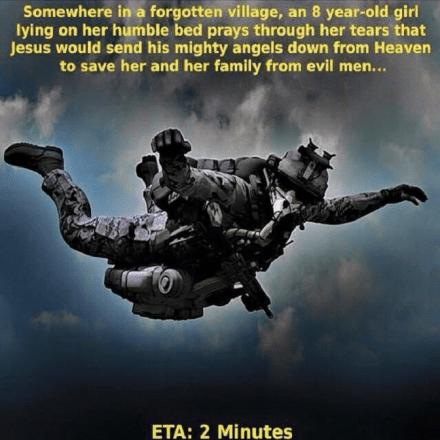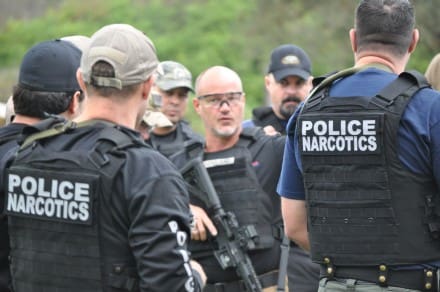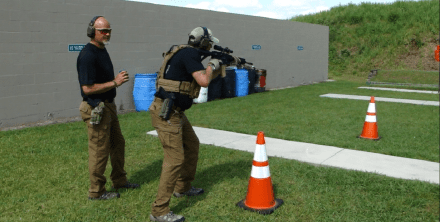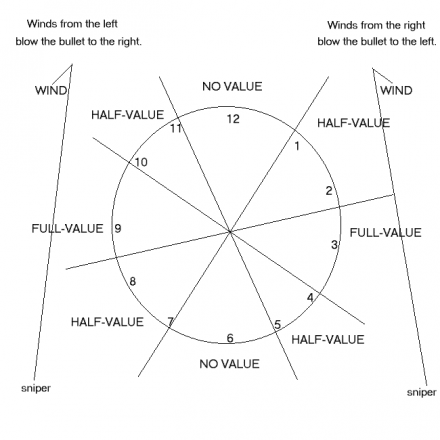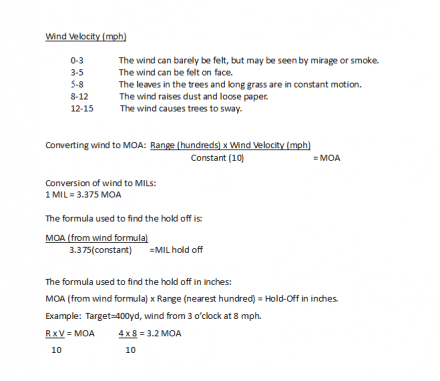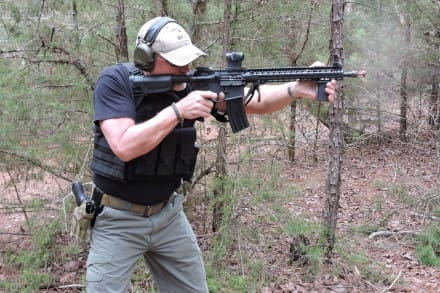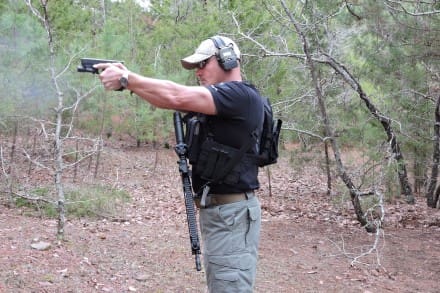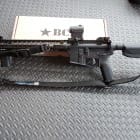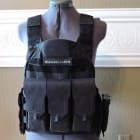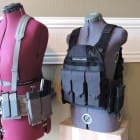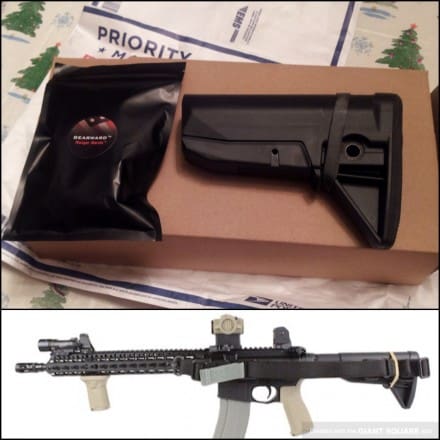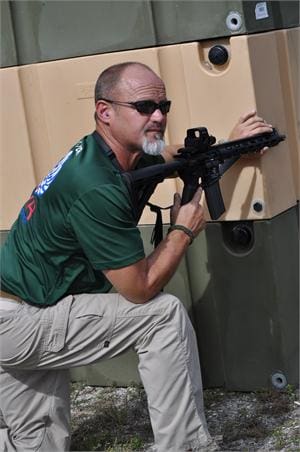The unstable regions of the Middle East make up the perfect scenario for the U.S. Special Forces FID mission, which is to strengthen our Allies defense capabilities among building relationships on the ground that will force multiply leaders and trainers on the battlefield. As a mentor of troops around the World, I have made some friends, so it hurts to see those I’ve trained from Kurdistan and Iraq receive little U.S. support in their war efforts against Islamic radicals.
One of the greatest effects of FID is the long term enduring relationships established with our Host Nation partners. I’ve watched young NCOs and Officers that I’ve trained, later become commanders and people of influence within their military and governments. The relationships on the ground are built on respect and our skills from the U.S. are quickly recognized and their motivation to become a better soldier begins. I learned over the years with certain cultures that you have different levels of motivation, so you may have to trick your trainees by telling them, “I have a surprise for you all at 0500” instead of, “Tomorrow, we will do the Obstacle Course at 0500”. Their reply would be, “IN-SHA-LA” which means God willing and you won’t get half of the class to show up because God didn’t will their butts out of bed.
Every culture is different when it comes to their motivation, so schedule in prayer time when training in the Middle East. No matter what part of the World our Green Berets are sent to, our Allied troops receive good training. I grew up in 1st Special Forces training the smiling faces from Malaysia, South Korea, Thailand and the Philippines where troops showed up on time for training. Their motivation was simply to measure up to U.S. Special Forces, and it would begin from the opening ceremony when they would be scoping the qualifications/patches on our uniforms.
An E-7 or above with Ranger, Scuba and HALO patches would be treated with a higher level of respect; maybe it’s because they know, “that I know crazy too?!”
I love to train, so when students shows up eager to learn, I get motivated!
Respectfully,
Daryl Holland
Daryl Holland is a retired U.S. Army Sergeant Major with over 20 years of active duty experience, 17 of those years in Special Operations. Five years with the 1st Special Forces Group (SFG) and 12 years in the 1st SFOD-Delta serving as an Assaulter, Sniper, Team Leader, and OTC Instructor.
He has conducted several hundred combat missions in Afghanistan, Iraq, Bosnia, Philippines, and the Mexican Border. He has conducted combat missions in Afghanistan’s Hindu Kush Mountains as a Sniper and experienced Mountaineer to the streets of Baghdad as an Assault Team Leader.
He has a strong instructor background started as an OTC instructor and since retiring training law abiding civilians, Law Enforcement, U.S. Military, and foreign U.S. allied Special Operations personnel from around the world.
Gunfighter Moment is a weekly feature brought to you by Alias Training & Security Services. Each week Alias brings us a different Trainer and in turn, they offer some words of wisdom.


